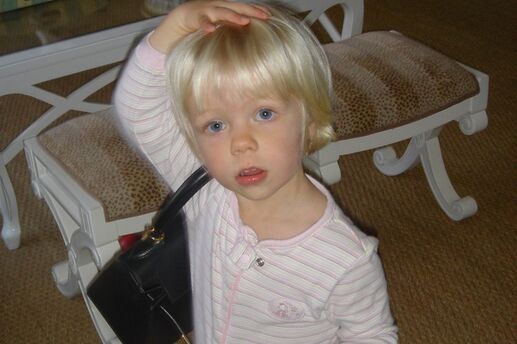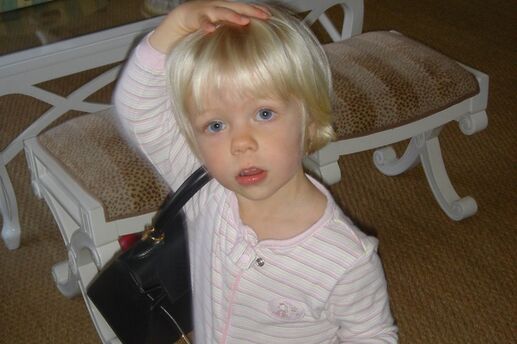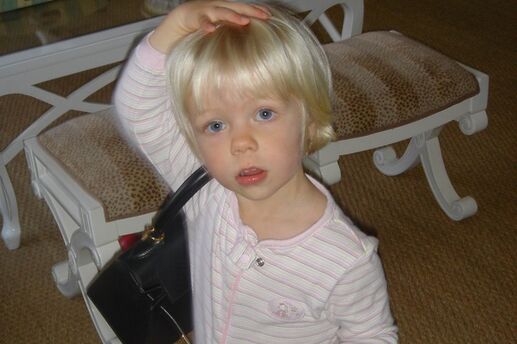Sleep Guide for New Moms
You’ve excelled in the art of baby feeding, conquered the car seat, and rallied for your baby’s often-demanding sleep routine (hello, 3 a.m. feedings!). And like every other new mom, you’re likely a bit tired. Even if your little one is still waking at night, it’s possible to steal some much-needed sleep for yourself. Here’s how you can create your own routine for rest:
Nap when baby naps.
It’s important to pencil in periods of rest throughout the day, especially in your new baby’s first few months, when he’ll be waking every two to three hours to feed. The laundry and the dishes can wait: Naptime is your time to nab those elusive z’s. Try to nap earlier in the day rather than in the evenings, and make sure you’re up by 4 p.m. This way, your body will be prepared to settle down when you’re ready for bed.
Get outside and get moving.
Exercise is healthy for both you and your baby, and it can help you sleep better at night. Plus, fresh air can go a long way toward making new moms feel more energized. Try scheduling a daily walk each morning between feedings.
Befriend the baby bottle.
If you’ve decided to breastfeed and it is going well, ask your doctor if you should try introducing a bottle (typically around four or five weeks). Your partner or helper can take over the 3 a.m. feedings while you catch up on restorative sleep before your next shift.
Create a calm environment.
When you’re on call 24-7, it’s tough to settle down. Having a baby puts you on constant alert, and you’re wired with adrenaline from being overtired. Summon sleep more easily by lying down in a cool, dark room. Try an eye mask, a white noise machine, or soft music. Letting your little one co-sleep may be tempting -- especially if you’re nursing late at night -- but you’ll get a better night’s rest if your new baby sleeps in a bassinet next to your bed or in his crib. He’ll learn to self-soothe, and you’ll secure yourself some more uninterrupted shut-eye.
Sleep directly affects your mood and energy level, as well as your ability to lose the baby weight, which makes scheduling periods of rest a no-brainer for you and your new baby. If you’re feeling good, you’ll be better equipped to handle the daily demands of having a baby, and you’ll be more likely to make choices that will benefit your child’s long term development.







